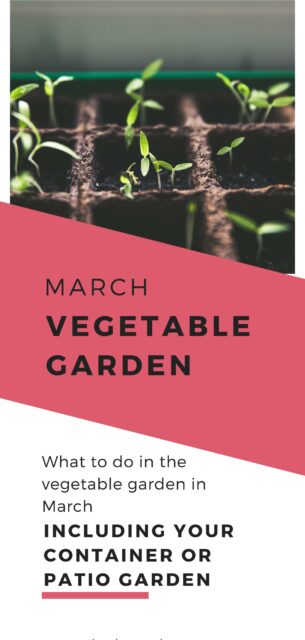
If you are like me, you’ll most definitely be be starting to think about what to do in the vegetable garden in March, and how to prepare for the growing season ahead. I am a novice vegetable gardener, however here at Propagation Place I have a wealth of experts to call upon for advice. I thought it would be fun and perhaps useful for me to write a little something from the perspective of a beginner veg gardener, with some expert opinion scattered throughout.
Preparation – a theme for March
March, it seems, is all about preparation. If you are like me then you have already started weeding your containers and getting rid of the dead material around any perennial herbs. My vegetable garden consists of containers and pots filled with edible herbs and a few strawberries. I have a lovely selection of mints – my favourites being Chocolate Mint and Black Peppermint. This season I am venturing into building a rickety greenhouse and trying some actual veggies. I plan to grow a rare West Indian Gherkin and subsequently collect seed for next year. I also want to try a few heritage tomatoes. If there is room, i will plant some of my favourite locoto rocoto chillies!
Here at Propagation Place, the garden is somewhat different in scale and operation. We have our polytunnel growing vegetable plants to sell online, as well as a wheelchair accessible community garden. As you can imagine, the setup is quite different to my arrangement at home. As a result, the vegetable garden in March is a hive of activity. In the polytunnel we are sowing seeds and in the garden we are weeding and mulching.
What to do in the vegetable garden in March
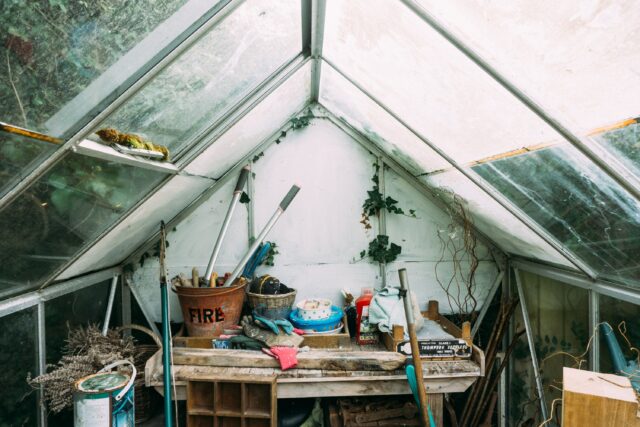
I thought a useful format for this guide would be to list a few important things to consider in your vegetable garden in March, separated by type of garden. Many ‘what to do in the garden’ guides seem to ignore us poor container gardeners, therefore I shall impart plenty of tips here.
Soil preparation should be the main focus this early in the season. Waking up the earth as the spring sun creeps in and starting to encourage healthy soil for everything that you plan to grow is a satisfying way to start back in the vegetable garden.
Other things to consider are what to build and fix.
In the vegetable patch
- You may still have some veg to harvest. At propagation Place we have some lambs lettuce. My mum still has a few carrots, plenty of chard and some beetroot.
- Plan your rotation or list the plants that you’d like to pop in this year. It’s likely that you’ve already done this but some people will be getting started a little later this year. If you want some ideas then have a look at our vegetable plants. If you are new to growing, we also have a category for beginner friendly varieties.
Preparing your soil
- It’s time to weed! Start pulling up any weeds that have taken hold over winter. Look out for perennials such as couch grass and bindweed.
- Rake seedbeds ready to sow Rake and crumble beds where you will be sowing directly until it resembles a delicious apple crumble topping.
- Feed and mulch fruit trees. Feed and mulch your fruit trees and bushes. High potash fertiliser or seaweed will give them a nice head start, topped off with a good load of well rotted manure which will act as a wonderful mulch.
- Cover beds with cardboard. This is technically mulching still, however I think it deserves its own note. This is an ideal replacement for covering beds with black plastic sheets to warm the soil. Cardboard is a firm favourite material for the vegetable garden and a great way to recycle packaging.
- Direct sowing. You can start to sow some things directly including carrots, brassicas and – if your beds are warm enough – some salads. If you are late getting going, you could just sit back and pre-order some vegetable plug plants instead. That was a shameless plug. Errrr… moving on swiftly!
- Chitting potatoes. No, it’s not a dance fad. It is in fact simply encouraging your spuds to sprout by popping them, most ‘eyes’ upright, in a light but cool area around 10c. Porches or greenhouses are ideal. This should be done around six weeks before you plan on planting them out. Then you can do the mashed potato, which is in fact, a dance.
In the container garden
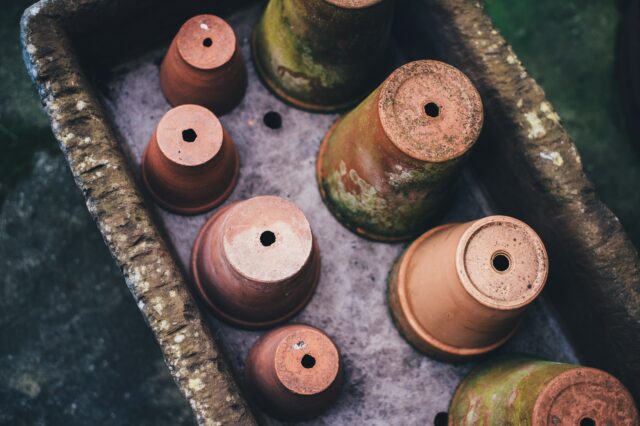
There may be less to work on in your container vegetable garden in March, but that hasn’t stopped me yet! Here are a few things to get you going this season.
- Weed your pots and remove any debris. My strawberries had a lot of dead material which I pulled out. My mint plants had quite a few dead stalks that needed snipping off.
- Replenish compost in plants that look depleted. Simply dress the top with a few inches of fresh compost.
- Divide perennial herbs such as lemon balm and mint and pop them into additional containers.
- Divide strawberries. I seperated my strawberry plants and spread them over a few different containers as they were a bit cramped last year.
- Organise your pots and tools. Chances are, if you only have room for a container garden then you are not going to have much storage space either. Recycle broken pots and give everything a hose down and sort ready for planting. Give those mangy looking gardening gloves a shake to evict the errant spiders. Maybe even pop them in the wash!
Pests and diseases to look out for
- Slugs and snails. And puppydog tails. Bait the slugs and snails and dispose of them or use pellets. Play with the puppies.
- Pigeons. They love overwintering brassicas so consider covering these with nets. Scarecrows are fun but they don’t always work with confident pigeons.
- Big bud mite. Check those blackcurrants for abnormally swollen and rounded buds.
- Check for aphids on soft fruit bushes and deal with them immediately before they get too much ‘spring fever’ and multiply.
Well, I hope this has been a useful little guide. I would love to know if you have any particular seasonal tricks up your sleeve that I could make use of and also share with our other readers. I also just enjoy hearing what folks have been up to, I’m nosy like that. Comment below with your thoughts.
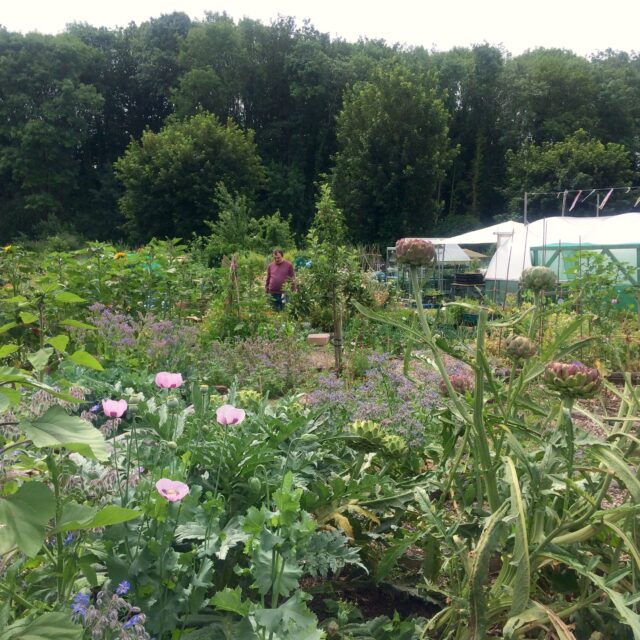
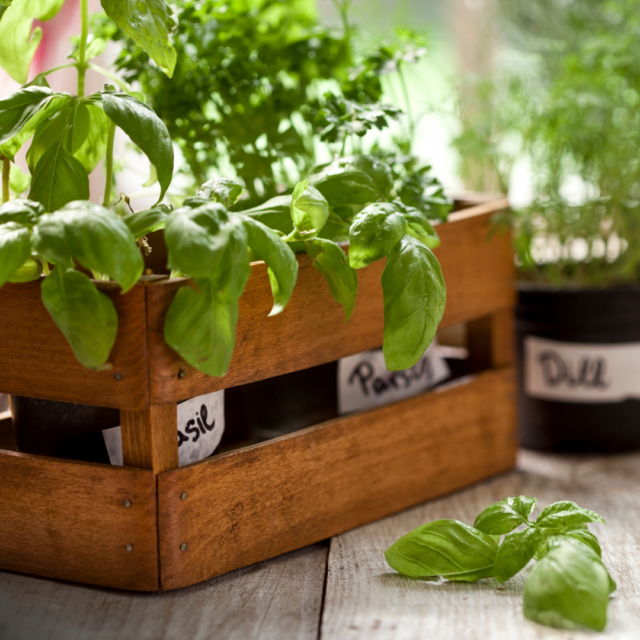
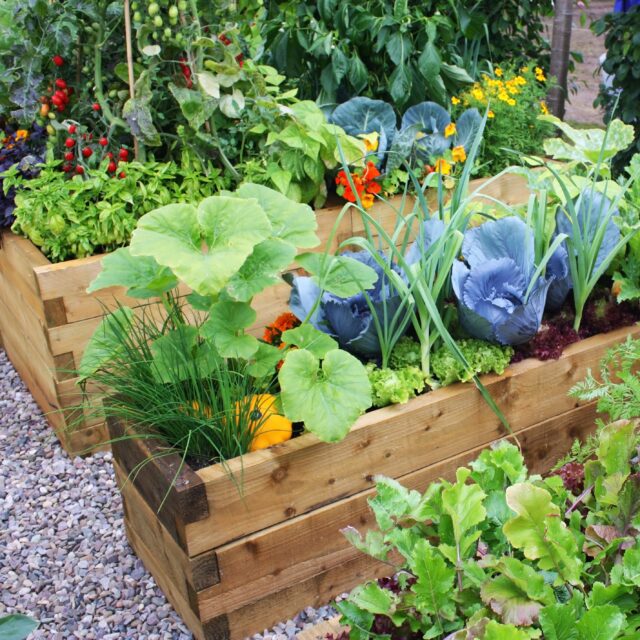
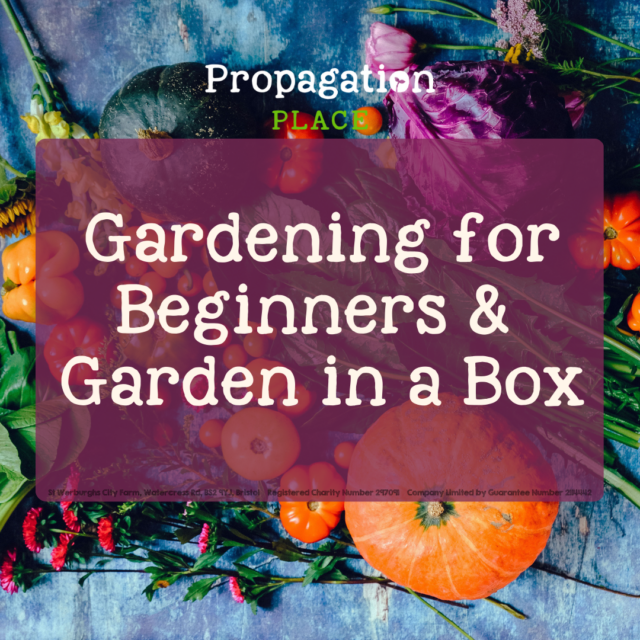
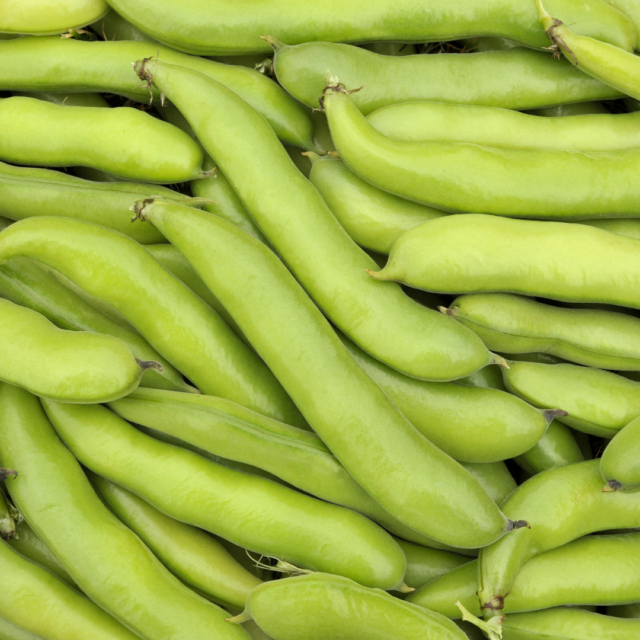
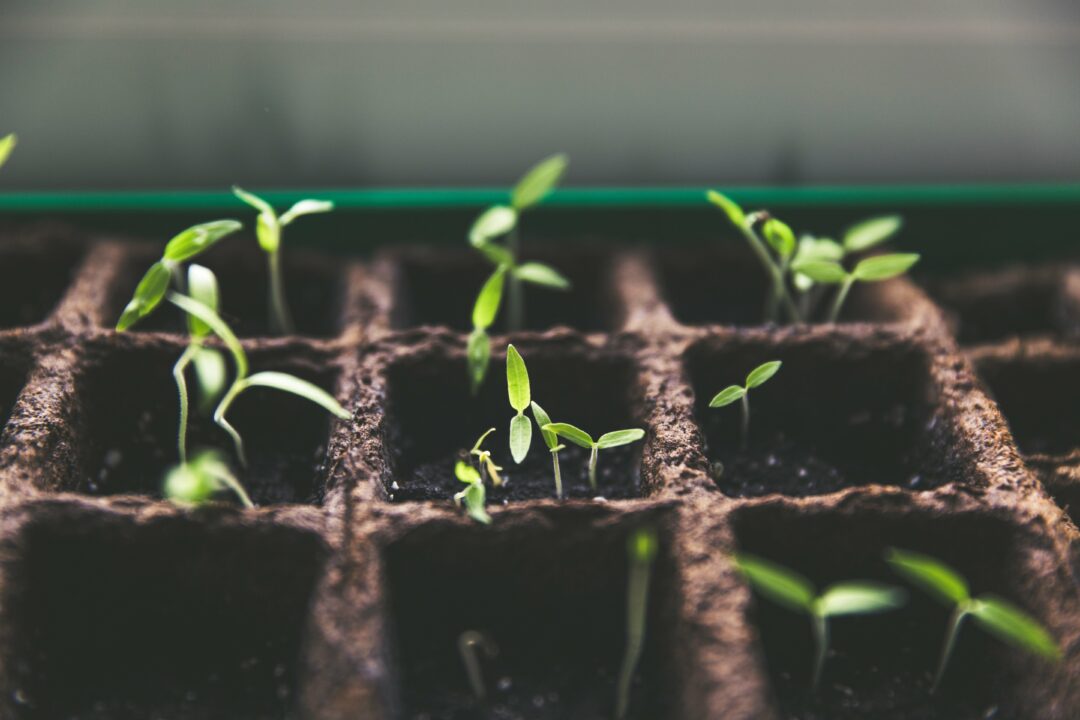

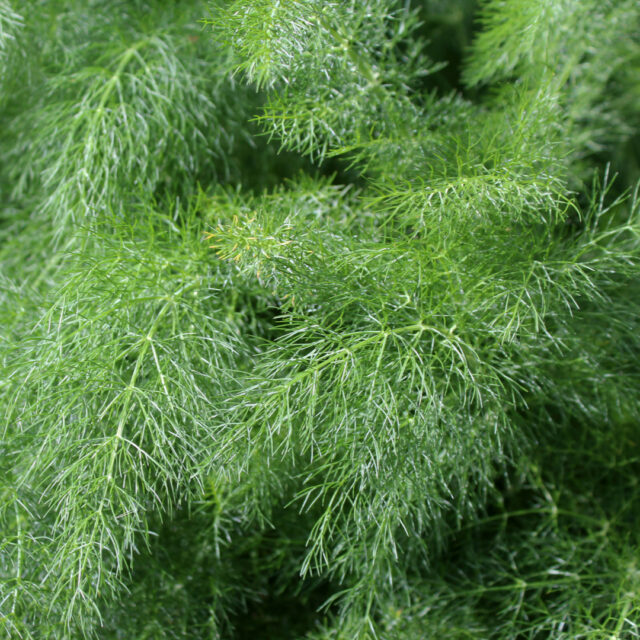

Linda Winn
THANKS for the reminders and prompts to get going! I managed most of my mulching a while back, but I’m very behind on all the weeding. Slug pellets….I am trying to manage without them because we have hedgehogs in the garden and even the supposedly non-toxic varieties can apparently have quite an impact on their well-being. Does anyone have any experience of alternatives to pellets?
Esme Worrell
Hi Linda, I’m glad you liked our post. Three suggestions from the wonderful gardeners currently sitting in our office:
1. If your plants are in pots, putting a copper band around the pot is supposed to be very effective. This could work with beds I suppose but you would need a lot of copper so that is probably unrealistic.
2. Beer traps.
3. Nematodes are a biological control that you can purchase for controlling slugs, however I would suggest doing a bit of research first.
Good luck with your weeding, it should be easier now we have a few patches of sunshine!
Esme & the team at Propagation Place
Jess
Hi Linda, I have found copper tape very effective for pots. I also use a product called slug gone in garden beds. It’s a wool pellet that also works as a mulch and prevents slugs from being able to slide across it as its rough. I know people that also use crushed eggs shells, not sure how effective. They’re is another product called strulch that is also supposed to be good. Hope this helps, slugs are a pain indeed.